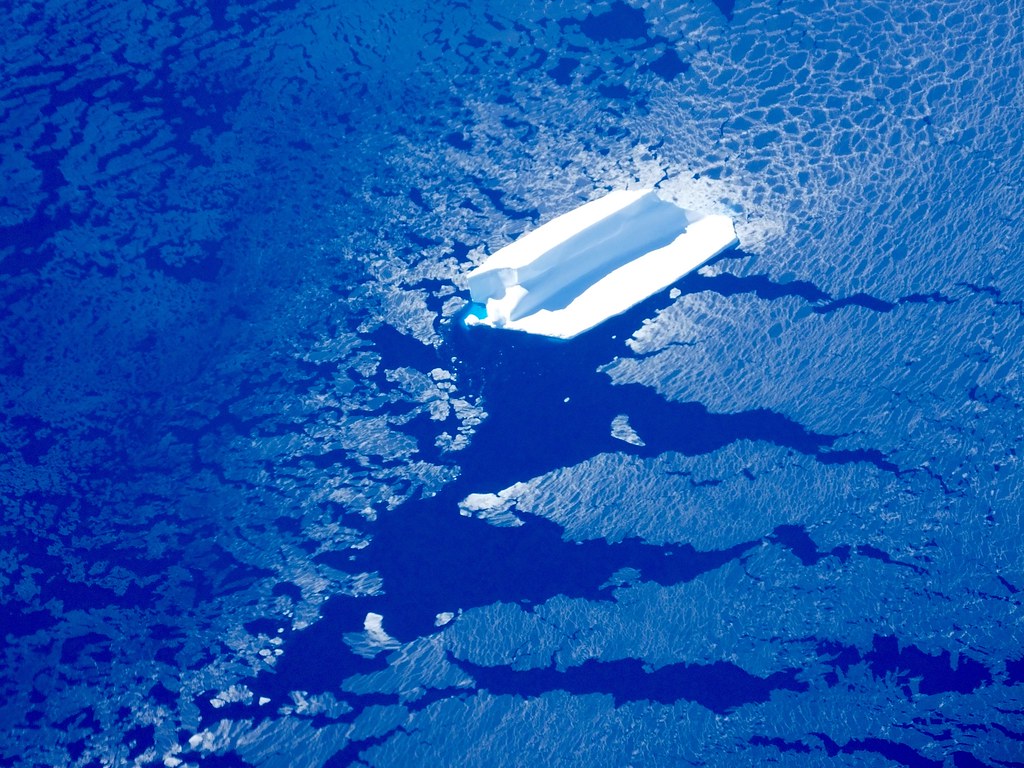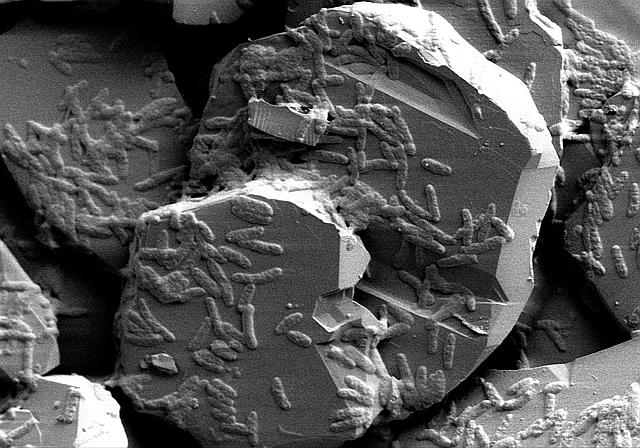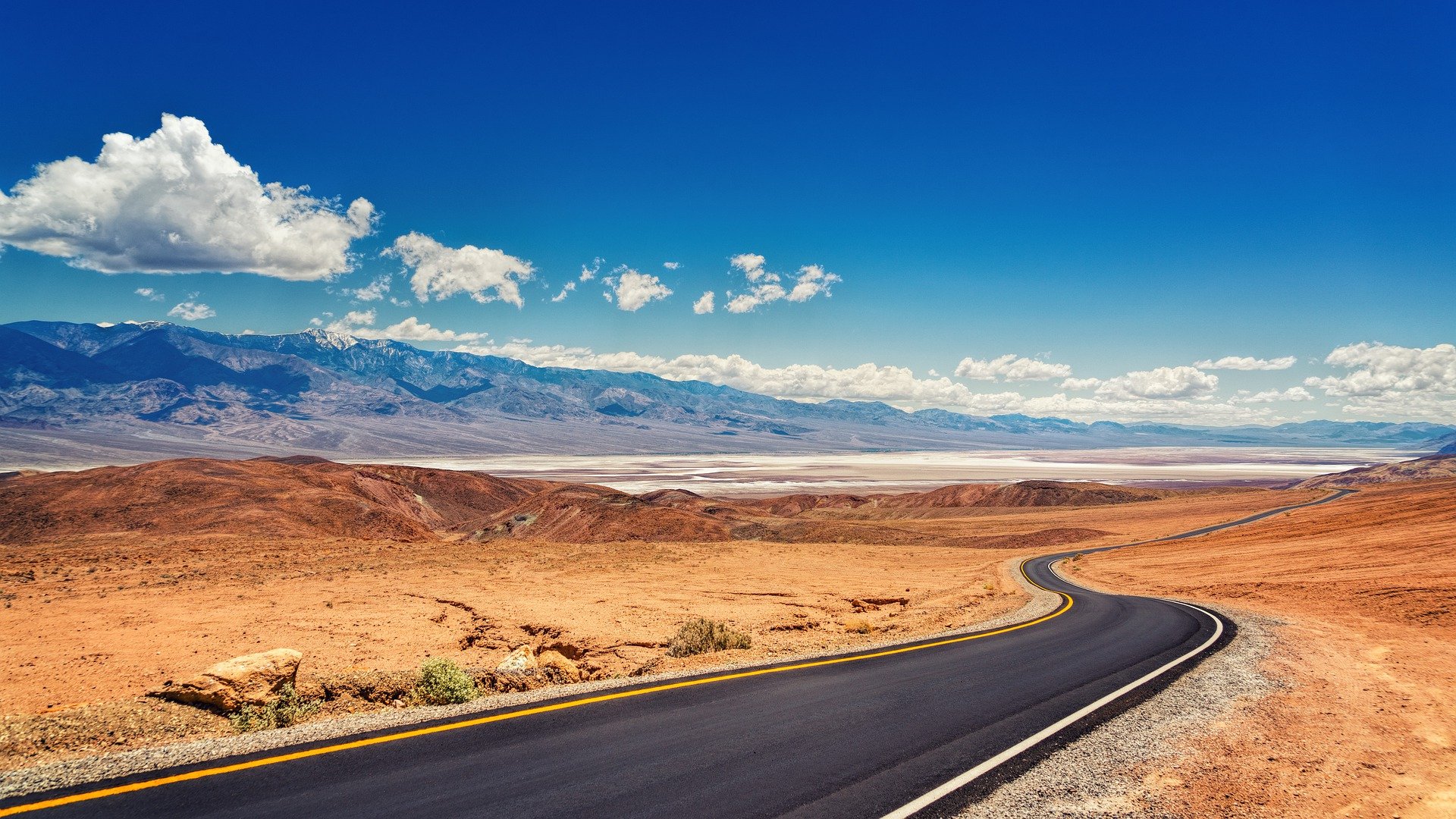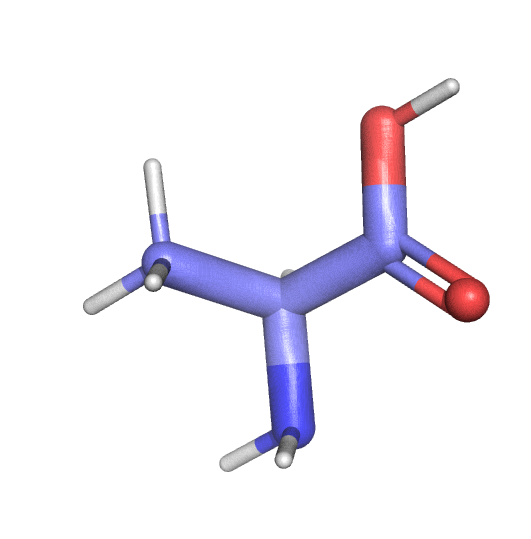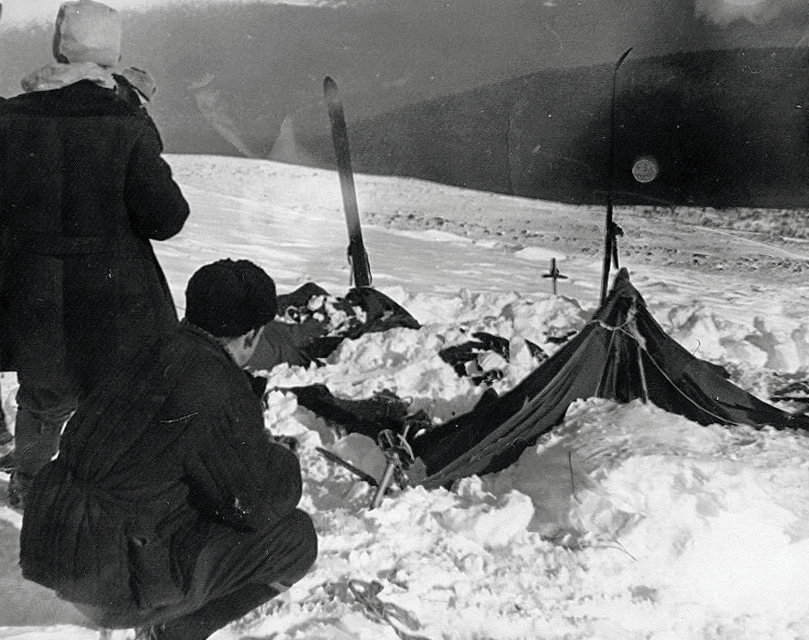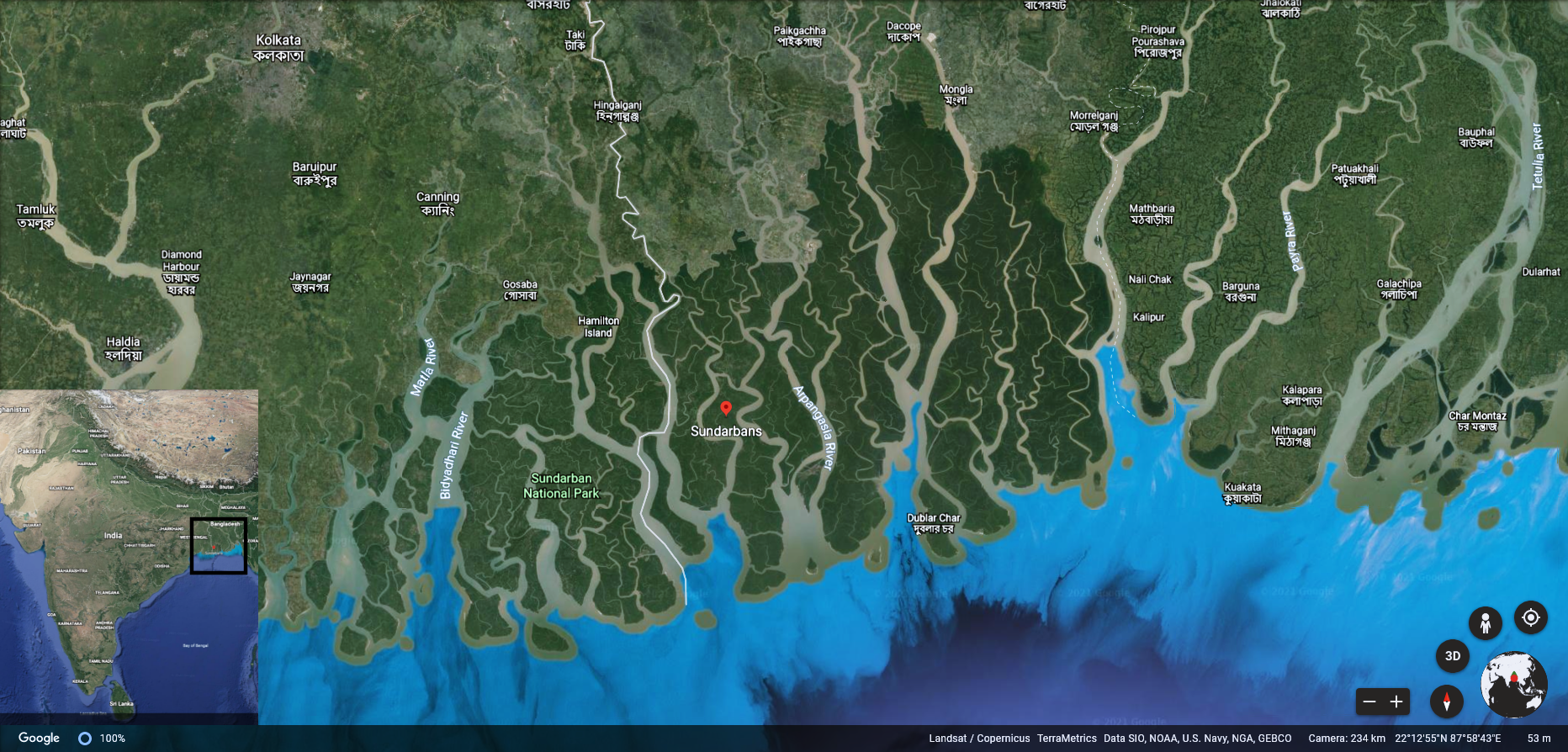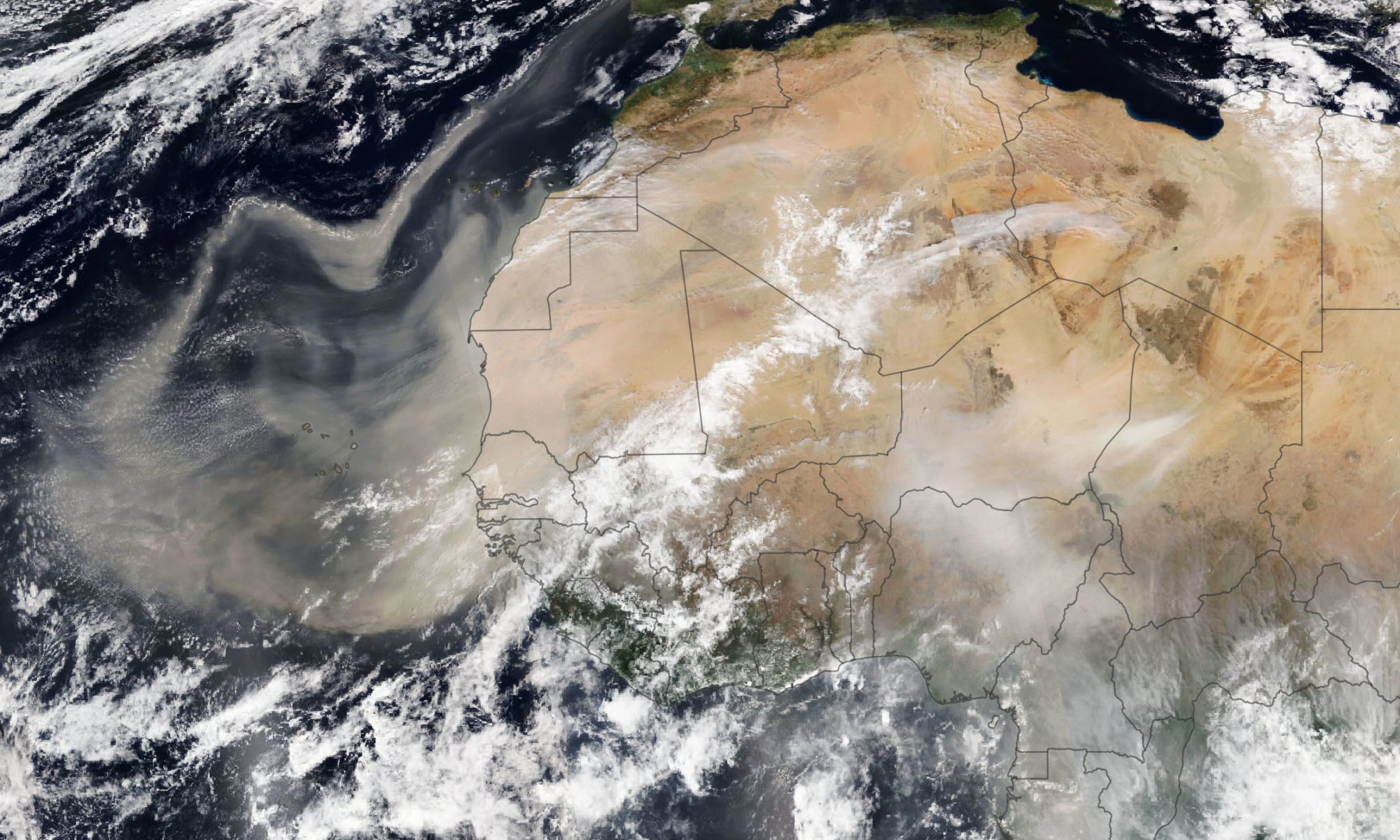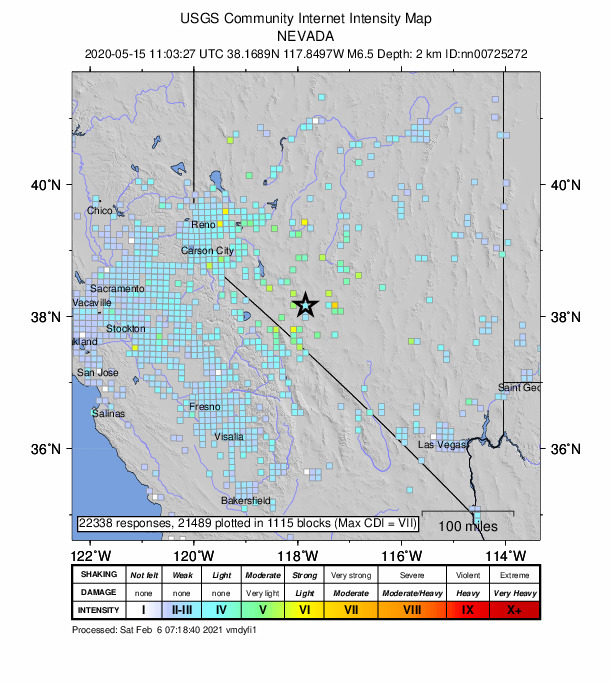Featured Image: Iceberg floating through thin sea ice. Image courtesy NASA ICE, used with permission.
Authors: Ulrike Braeckman, Francesca Pasotti, Ralf Hoffmann, Susana Vázquez, Angela Wulff, Irene R. Schloss, Ulrike Falk, Dolores Deregibus, Nene Lefaible, Anders Torstensson, Adil Al-Handal, Frank Wenzhöfer, Ann Vanreusel
Nothing compares to the ethereal beauty of a clear lake. Looking down, you can see a whole world flourishing below: plants, fish, and critters. Compare that to a cloudy, or turbid, lake and suddenly you may feel very small, worried about what’s lurking beneath you. New research shows that the Antarctic ocean is transitioning from clear to turbid water, with big implications for ocean ecosystems.
Continue reading “Antarctic seafloor oxygen is diminishing–and glaciers may be to blame”
